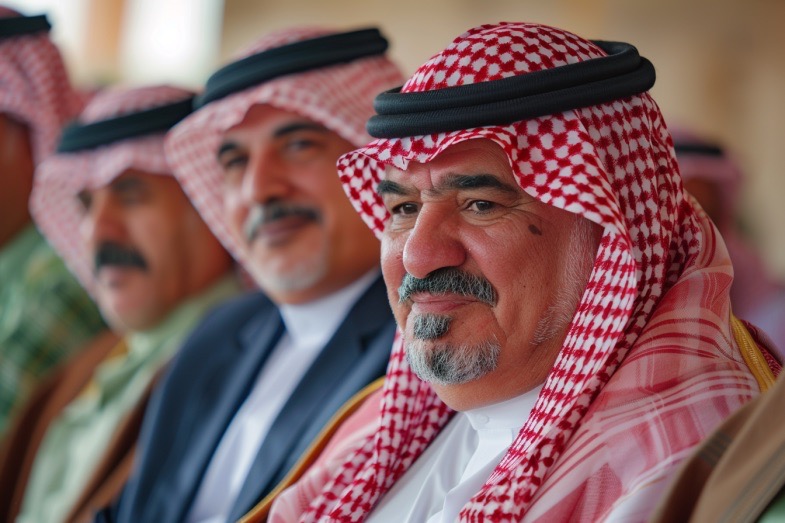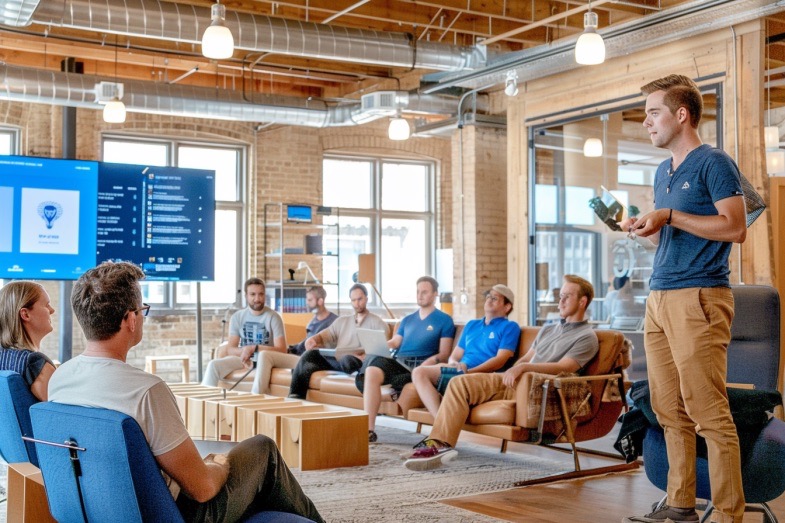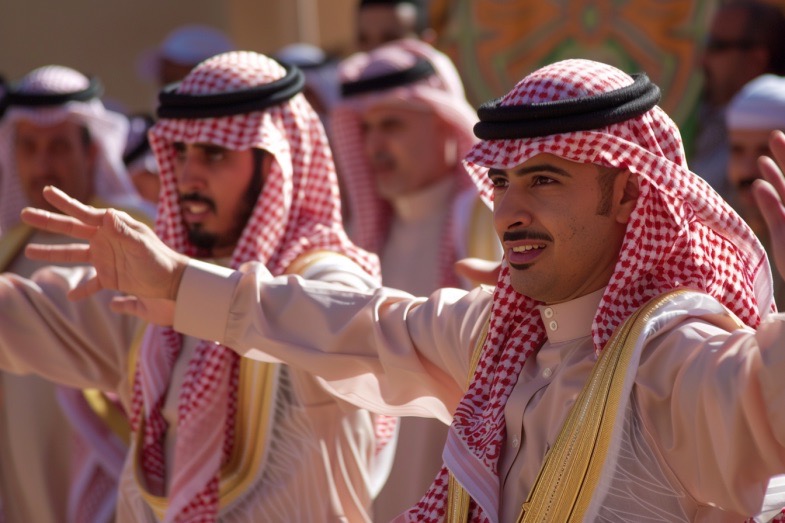Saudi Arabia: Redefining Its Architectural Identity with Free Form Façades
Saudi Arabia is undergoing a transformation unlike any other, redefining its role on the global stage. The Kingdom is emerging as a major sports hub, investing in artificial intelligence to become a leader in the field, and boldly reimagining urban living and luxury travel with Neom. Yet, as it accelerates into the future, it remains crucial to ensure that its proud cultural heritage remains at the heart of its modernization.
Preserving Cultural Heritage Through Iconic Projects
“Perhaps no area is more important for this than in its infrastructure and iconic projects. Would Paris be the same without the Eiffel Tower? Or Dubai without the Burj Al Arab?” said Michael Quinn, Operations Manager, ALEC Facades, the region’s leading façade specialist. Indeed, these projects, now synonymous with their host cities, capture the imagination not only because of their scale but their ingenuity—the way they push boundaries, whether through revolutionary steelwork or offshore engineering.
Embracing Free Form Façades in Saudi Arabia
Through its unparalleled construction boom, Saudi Arabia has recognized the unmissable opportunity to establish its architectural identity through landmark developments. One fine example is Maraya AlUla, the world’s largest mirrored building which seamlessly blends into the desert landscape, reflecting the Kingdom’s fusion of modern design and natural beauty. With an increasing focus on innovation, free form façades are emerging as a defining feature of this new architectural era.
Pushing the Limits of Design and Construction
As the Kingdom pushes the limits of design and construction, free form façades are leading the way. “These advanced façades blend aesthetics and engineering to create fluid, organic structures that redefine urban environments,” explained Quinn. “Using 3D modeling, parametric design software, and robotic manufacturing, they enable architects to achieve complex, flowing geometries that would have been impossible with conventional techniques.”
Blending Sustainability and Cultural Identity
One of the most striking examples of free form design in Saudi Arabia is the Sindalah Golf Course at Neom, where ALEC Facades has utilized this approach to enhance natural light and maximize open spaces. These façades not only offer a practical advantage but also embody a legacy of sustainable design deeply rooted in tradition. By integrating free form façade systems, Saudi developers can reduce long-term operational costs while contributing to the country’s broader environmental goals.
Shaping a Skyline for the Future
Saudi Arabia’s construction boom is not just about scale—it is about intent. The Kingdom is creating a new architectural language that honors its heritage while embracing the future. Free form façades are at the forefront of this movement, seamlessly blending sustainability, innovation, function, and cultural identity to shape a skyline that will stand the test of time.



